Hey there,
Children and pets are naturally curious and may chew on leaves, dig in the soil, or play with plant parts. Having non-toxic plants in your home ensures that even if these interactions occur, they won’t result in poisoning or significant health issues.
This post shows 15 pet and children-safe plants and their brief care guide! These non-toxic plants provide a calm, safe home for everyone.
What Does Non-Toxic Mean?
Non-toxic plants are safe for humans and pets, meaning they do not contain harmful substances that could cause adverse reactions if touched, ingested, or inhaled. Non-toxic plants are particularly important in households with children and pets, as they can freely explore and interact with their environment without the risk of poisoning or severe allergic reactions.
15 Pet and Children-safe Plants
1. Areca Palm (Dypsis lutescens)
Care: Thrives in bright, indirect light. Water when the top inch of soil is dry, and ensure the pot has good drainage. It prefers high humidity and temperatures between 65-75°F (18-24°C).
2. Boston Fern (Nephrolepis exaltata)
A lush, green fern that thrives in humid environments and is safe for curious pets and kids.
Care: Prefers indirect light and high humidity. Keep the soil consistently moist but not soggy. It enjoys temperatures between 60-75°F (15-24°C).
3. Christmas Cactus (Schlumbergera)
Care: Prefers bright, indirect light. Water when the top inch of soil is dry, and provide moderate humidity. Ideal temperatures are 60-70°F (16-21°C).
4. African Violet (Saintpaulia ionantha)
Care: Thrives in bright, indirect light. Keep the soil evenly moist, and maintain moderate humidity. Ideal temperatures are 65-75°F (18-24°C).
5. Hoya (Hoya carnosa)
Care: Prefers bright, indirect light. Allow the soil to dry out between waterings. Ideal temperatures are 60-80°F (16-27°C).
6. Bamboo Palm (Chamaedorea elegans)
A compact palm that is perfect for low-light areas and safe for all household members.
Care: Needs a shady place at home. The plant tolerates high summer temperatures very well. However, in winter, do not keep it in a room warmer than 15-18 °C. It does not require much water in summer, and even less in winter.
7. Dwarf Date Palm (Phoenix acaulis)
Care: Needs bright, indirect light. Keep the soil moist but not waterlogged. Ideal temperatures are 65-75°F (18-24°C).
8. Nerve Plant (Fittonia verschaffeltii)
Care: Prefers bright, indirect light. Direct sunlight can scorch its leaves, so place it in a spot with filtered light or partial shade. Water when the top inch of soil feels dry, and reduce watering in the winter months. Fittonia prefers temperatures between 60-80°F (16-27°C).
9. Dwarf Banana Plant (Musa acuminata)
Care: Ideally, place it near a window with filtered light. During the growing season (spring and summer), the plant requires more water. Musa acuminata prefers warm temperatures between 65-85°F (18-29°C). It is sensitive to cold and should be kept away from drafts and temperatures below 50°F (10°C).
10. Spider Plant (Chlorophytum comosum)
A popular, easy-to-grow houseplant known for its air-purifying qualities
Care: Best in bright, indirect light. Water moderately, allowing the soil to dry out slightly between waterings. It’s tolerant of a range of temperatures but prefers 65-75°F (18-24°C).
11. Basil (Ocimum basilicum)
Care: Basil thrives in full sun, requiring at least 6-8 hours of direct sunlight each day. Water when the top inch of soil feels dry, being careful to water at the base to avoid wetting the leaves. Ideal temperatures are between 70-90°F (21-32°C). Basil is sensitive to cold and should be protected from temperatures below 50°F (10°C).
12. Lemon Balm (Melissa officinalis)
Care: Lemon balm prefers full sun to partial shade. Keep the soil evenly moist, but not soggy. Ideal temperatures are between 60-80°F (15-27°C). Lemon balm is relatively hardy and can tolerate cooler temperatures.
13. Thyme (Thymus vulgaris)
Care: Thyme thrives in full sun, needing at least 6-8 hours of direct sunlight each day. Water thyme sparingly. Allow the soil to dry out between waterings, as thyme is drought-tolerant and prefers slightly dry conditions. Ideal temperatures are between 60-80°F (15-27°C). Thyme is hardy and can tolerate cooler temperatures, including light frost.
14. Rosemary (Rosmarinus officinalis)
Care: Rosemary needs full sun, requiring at least 6-8 hours of direct sunlight. Allow the soil to dry out between waterings. Rosemary is drought-tolerant and prefers slightly dry conditions. Overwatering can lead to root rot. Ideal temperatures are between 60-80°F (15-27°C). Rosemary can tolerate cooler temperatures but should be protected from severe frost.
15. Orchid (Orchidaceae)
Care: Orchids thrive in bright, indirect light. East or west-facing windows are ideal or use a sheer curtain to diffuse the light. Typically, watering once a week is sufficient, but this can vary depending on the humidity and temperature of your environment. Orchids prefer high humidity levels, ideally between 50-70%. Orchids thrive in temperatures between 60-80°F (15-27°C).
Do you already have plants in your home? Do you want to know if they are poisonous? Read my post about it: The Most Common Poisonous Houseplants and Their Dangers – 19 Toxic Plants in Your Home | Bloom and Boughs
Conclusion
Choosing non-toxic plants is a smart and responsible choice for any household, especially those with young children and pets. These plants offer the beauty and benefits of greenery without the risks of toxicity. By selecting non-toxic plants, you can create a safe, green environment that enhances your living space and promotes the well-being of all its inhabitants.








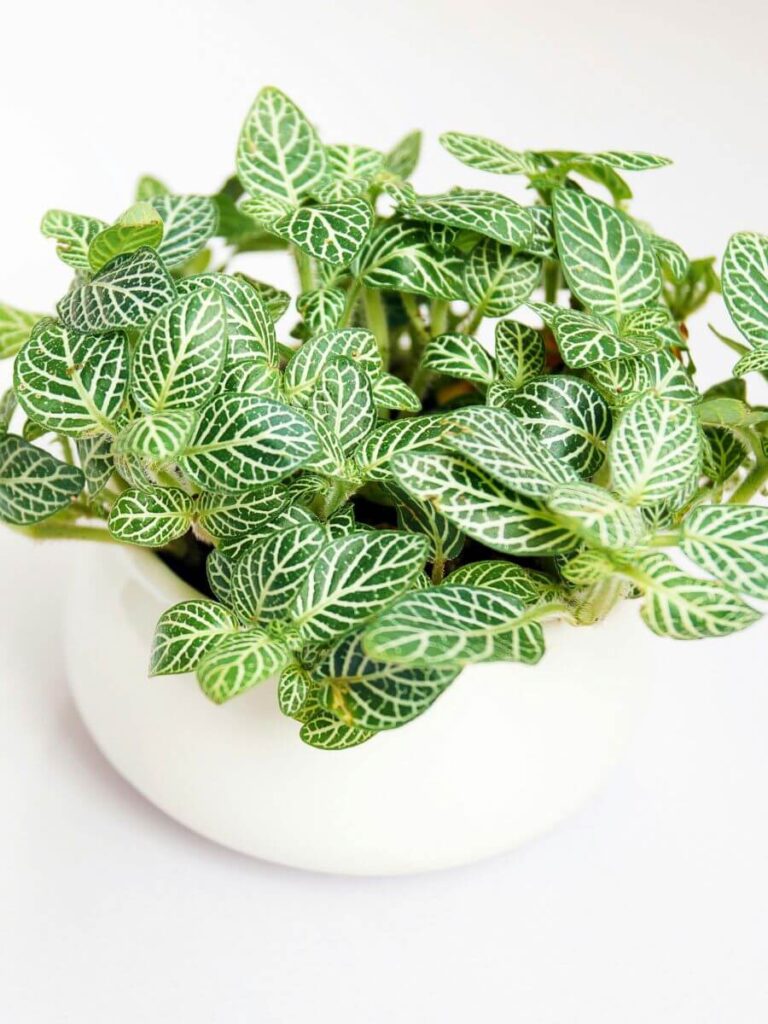
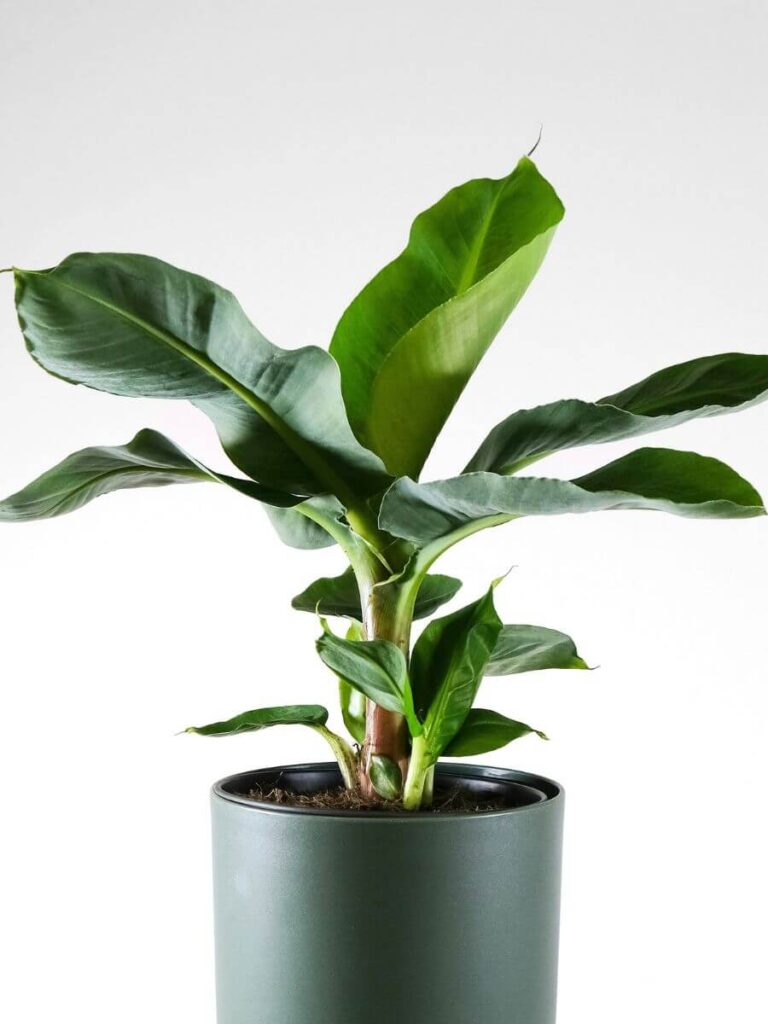
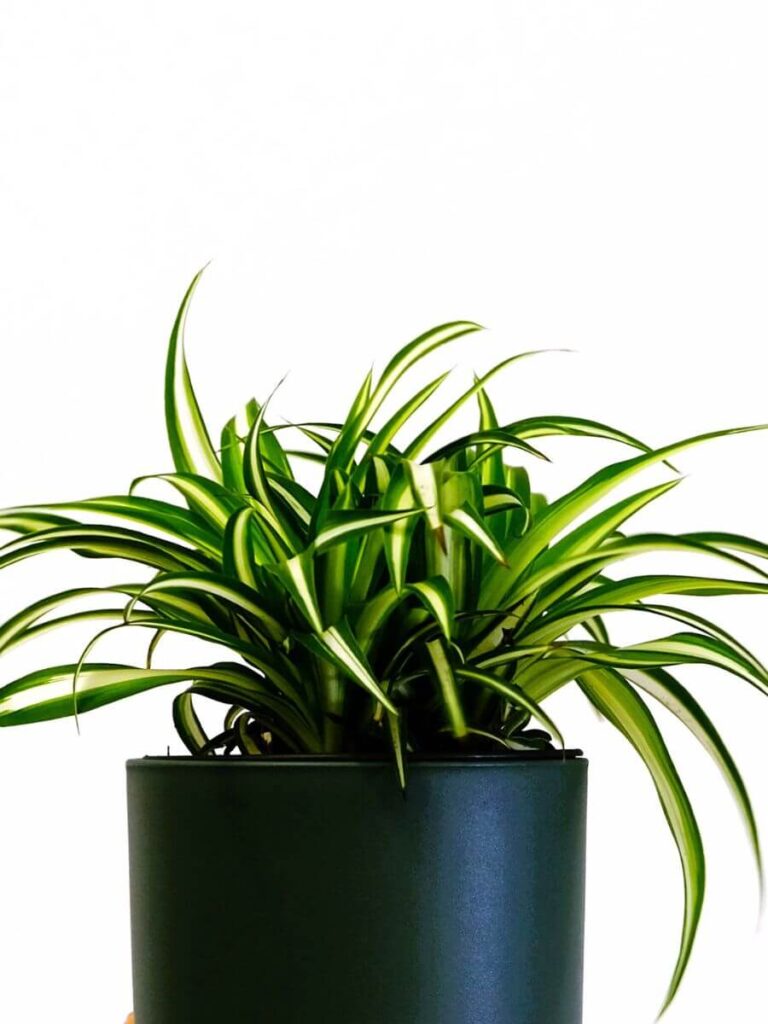

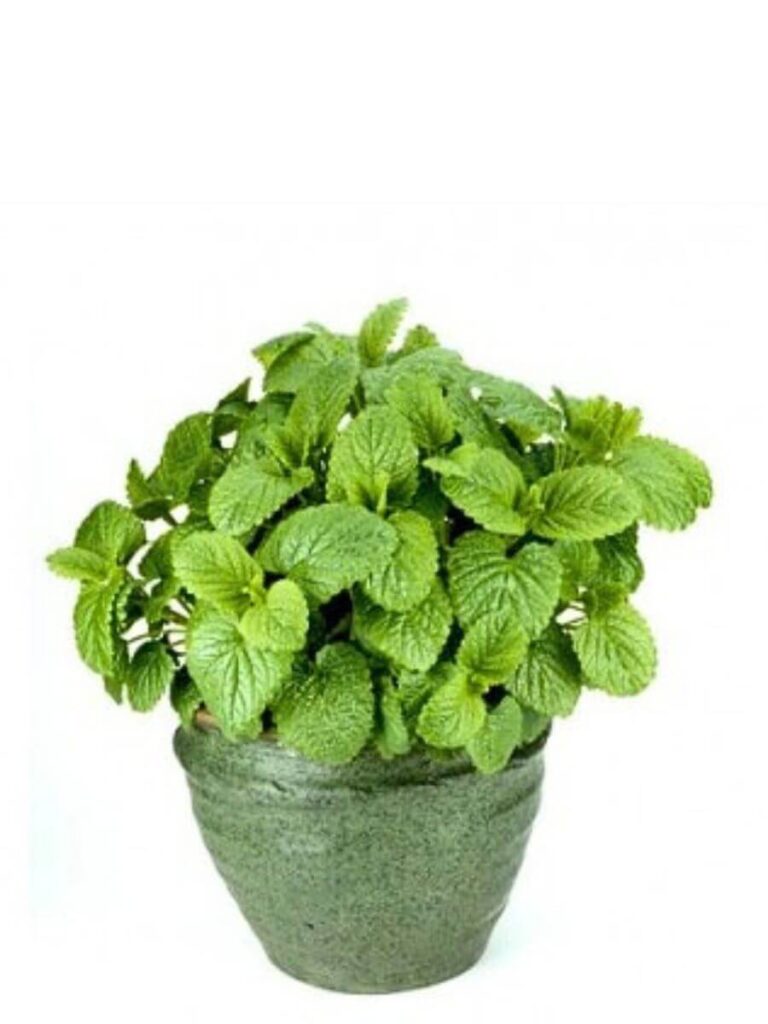
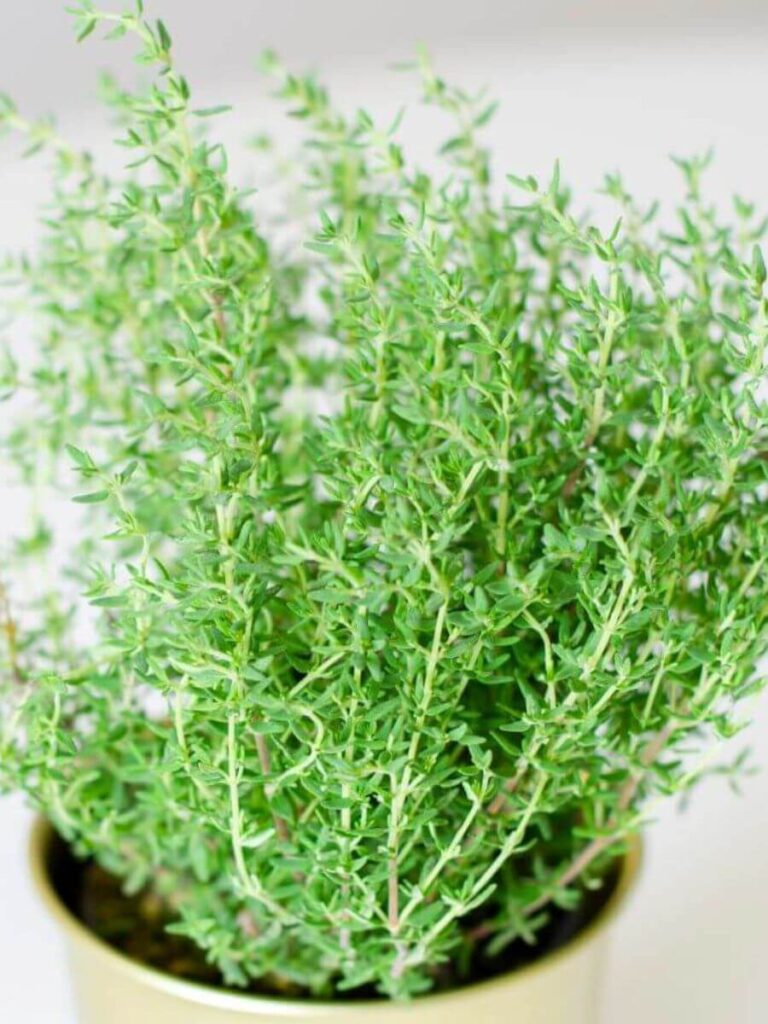

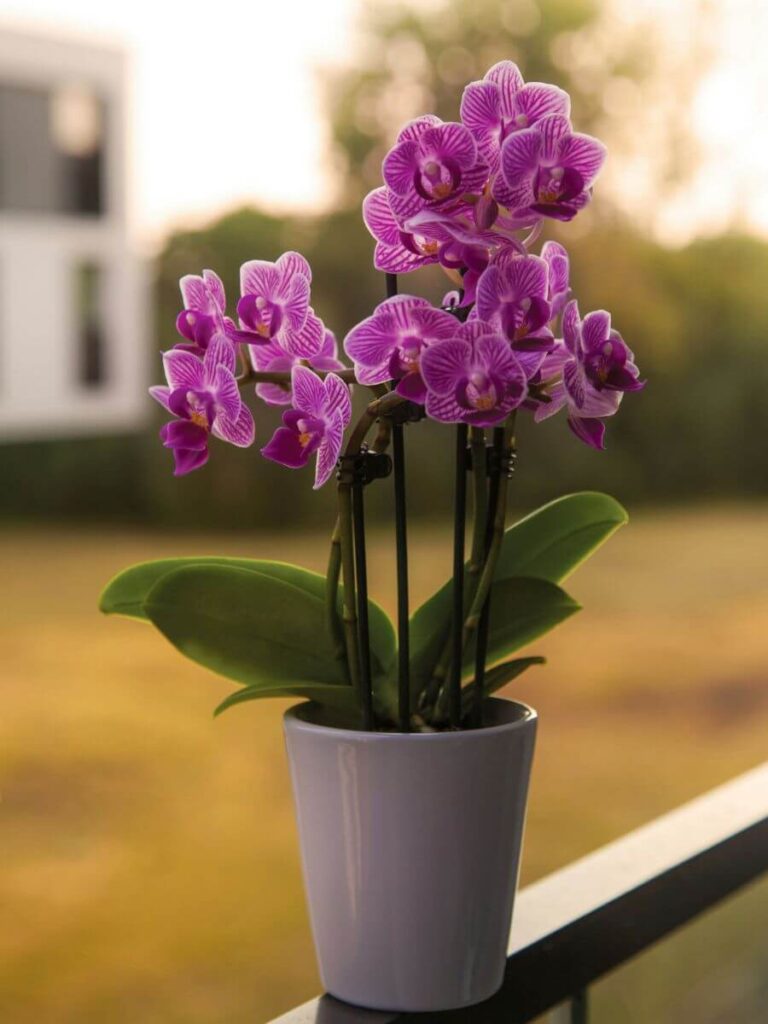

0 Comments